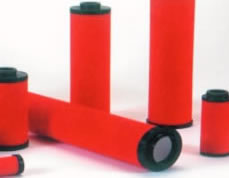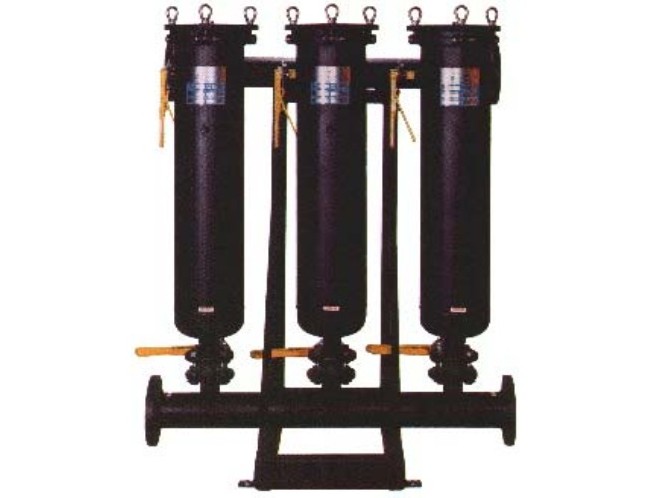Liquid filtration is a fairly easy concept to grasp. The object of filtration, in drinking water purification as well as in industrial chemical filtration, is the separation of particles from each other. In the case of drinking water filtration, the process involves passing water through a filter that removes particles from the water. In recent years, the development of inexpensive but effective filtering materials has allowed for the creation of products like the BioSand and LifeStraw filters, which can eliminate close to 100% of harmful contaminants from water sources. Especially in hot climates, water sources can be breeding grounds for water-borne diseases. Also, because industrial regulations tend to be weak and inadequately enforced in underdeveloped countries, the chances that a water source near a mine or factory is contaminated with harmful chemicals can be quite high. Simple filtering systems like the BioSand and LifeStraw filters can be produced at low cost and shipped anywhere in the world; they require little training to operate, and some models can be used for up to an entire year before replacement is necessary. These and other similar products are industry’s contribution to solving one of the world’s most serious health crises.
 Air Filters
Air Filters Liquid Filters
Liquid Filters Filtering Systems
Filtering Systems Castings & Forgings
Castings & Forgings Bulk Material Handling
Bulk Material Handling Electrical & Electronic Components
Electrical & Electronic Components Flow Instrumentation
Flow Instrumentation Hardware
Hardware Material Handling Equipment
Material Handling Equipment Metal Cutting Services
Metal Cutting Services Metal Forming Services
Metal Forming Services Metal Suppliers
Metal Suppliers Motion Control Products
Motion Control Products Plant & Facility Equipment
Plant & Facility Equipment Plant & Facility Supplies
Plant & Facility Supplies Plastic Molding Processes
Plastic Molding Processes Pumps & Valves
Pumps & Valves Recycling Equipment
Recycling Equipment Rubber Products & Services
Rubber Products & Services